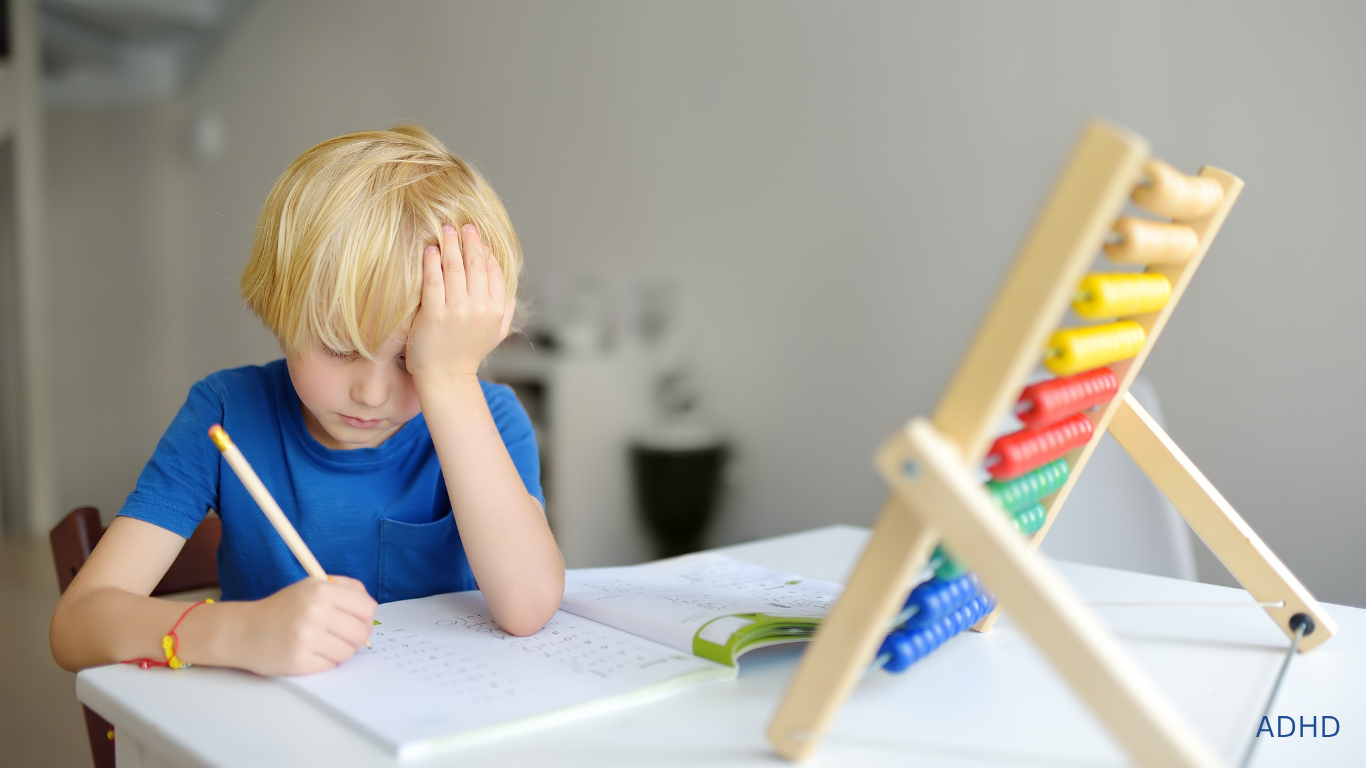
Different Types of ADHD
At Silver Ribbon Care, Ndis registered Provider In Blacktown we understand that ADHD is more than just a diagnosis—it’s a unique way of experiencing the world. Our support is designed to empower individuals with ADHD to thrive through structure, understanding, and meaningful engagement.
Attention Deficit Hyperactivity Disorder (ADHD) is a neurodevelopmental disorder characterized by symptoms of inattention, hyperactivity, and impulsivity. It affects individuals in various ways, and understanding the different types can help in better managing the condition. Here are the primary types of ADHD:
1. Predominantly Inattentive Presentation (ADHD-I)
Individuals with this type of ADHD primarily exhibit symptoms of inattention. They may struggle with:
- Paying attention to details: Often making careless mistakes in schoolwork or other activities.
- Sustaining attention: Difficulty maintaining focus during tasks or play.
- Listening: Appearing not to listen when spoken to directly.
- Following instructions: Failing to complete tasks due to an inability to follow through.
- Organization: Difficulty organizing tasks and activities.
- Avoiding tasks: Reluctance to engage in tasks that require sustained mental effort.
- Losing items: Frequently misplacing things necessary for activities.
- Easily distracted: Being quickly diverted by extraneous stimuli.
- Forgetfulness: Often forgetting daily activities and chores.
2. Predominantly Hyperactive-Impulsive Presentation (ADHD-HI)
This type is characterized by symptoms of hyperactivity and impulsivity, including:
- Fidgeting: Squirming in seats or tapping hands and feet.
- Leaving seat: Getting up when staying seated is expected.
- Running or climbing: Inappropriate activity in situations that don’t call for it.
- Inability to play quietly: Difficulty engaging in activities quietly.
- Being “on the go”: Appearing to be driven by a motor.
- Excessive talking: Talking more than peers.
- Blurting out answers: Interrupting questions before they are completed.
- Difficulty waiting: Trouble waiting for their turn.
- Interrupting or intruding: Intruding on others’ conversations or games.
3. Combined Presentation (ADHD-C)
This is the most common type of ADHD and involves a combination of symptoms from both the inattentive and hyperactive-impulsive presentations. Individuals with this type exhibit significant levels of both inattention and hyperactivity-impulsivity.
🛠️ Strategies to Offer Practical Support
- Structured Routines: Clear, consistent routines help reduce overwhelm. Use visual schedules or checklists to break tasks down.
- Minimize Distractions: In shared homes or care centers, creating quiet, clutter-free spaces can help improve focus and reduce frustration.
- Positive Reinforcement: Celebrate even small wins. Encouragement helps to build self-esteem and motivation.
- Assistive Tools: Timers, reminders, color-coded folders, and planning apps can empower independence.
- Chunking Tasks: Break activities into short, manageable steps with breaks in between to sustain attention and energy.
🤝Emotional & Social Support
- Patient Communication: Offer clear, concise instructions—one idea at a time. Avoid overwhelming with too many details.
- Active Listening: Create space for the person to express how they’re feeling or what’s working for them. Their insight is often incredibly valuable.
- Check-ins: Gentle follow-ups go a long way. Rather than “did you do this,” try “how did this go for you?”
💼 In a Care Setting (like where you work,)
- Train team members to recognize ADHD symptoms with compassion and without judgment.
- Adapt care plans to suit individuals’ pacing and rhythm—some may need more prompts, others more autonomy.
- Provide sensory-friendly environments or quiet zones to regulate overstimulation.
If you’re tailoring support plans for clients with ADHD, I’d be happy to help design daily checklists, communication templates for your team, or even review ADHD-friendly meal prep routines. Would you like me to brainstorm any of that with you?
🧩 Additional Practical Support Strategies
- Visual Reminders: Use photos or icons to reinforce steps for tasks like meal prep or hygiene routines.
- Movement Breaks: Schedule short, regular intervals where clients can move or stretch to reset focus.
- Simplified Choices: Offer no more than 2–3 options at a time (for meals, activities, etc.) to avoid overwhelm.
- Color-Coding Systems: Assign colors for different days, tasks, or spaces to cue memory and structure.
- Body Doubling: Have a support person nearby during tasks—not to assist, just to be present—which can boost focus.
- Celebrate Progress Visually: Sticker charts, progress meters, or “done” boards can build momentum and pride.
🌱 Relational & Emotional Tools
- Empower Through Choice: Give control wherever possible—ask “Would you like to shower before or after breakfast?”
- Use Humor & Playfulness: ADHD brains often respond well to novelty and levity—lightening the mood can defuse tension.
- Normalize Differences: Reassure individuals that everyone has different learning and focusing styles.
- Offer “Restart” Moments: If things go off track, allow a clean slate without judgment.
🛎️ For Caregivers and Teams
- Use Predictable Language: Say the same cues in the same way (e.g., “Time to pause and reset”).
- Double Confirm: After giving a verbal instruction, follow up with “Can you tell me what you’re going to do next?”
- Anchor in Interests: Personalize tasks using the client’s hobbies (e.g., sorting puzzle pieces for fine motor skills).
Considerations
ADHD symptoms can vary significantly from one person to another and may change over time. For instance, hyperactivity symptoms might decrease with age, while inattention might persist. Diagnosis and management of ADHD often require a comprehensive evaluation by a healthcare professional, which can lead to tailored treatment plans involving medication, therapy, and lifestyle adjustments.
Understanding the type of ADHD can help individuals, parents, and educators implement effective strategies to support those affected, fostering an environment conducive to their success and well-being.
NDIS Providers in Blacktown
Finding the right NDIS (National Disability Insurance Scheme) provider can be a crucial step in ensuring that individuals with disabilities receive the support and services they need. If you’re looking for reliable NDIS providers in Blacktown, you’re in the right place. Here’s what you need to know: click on https://silverribboncare.com.
